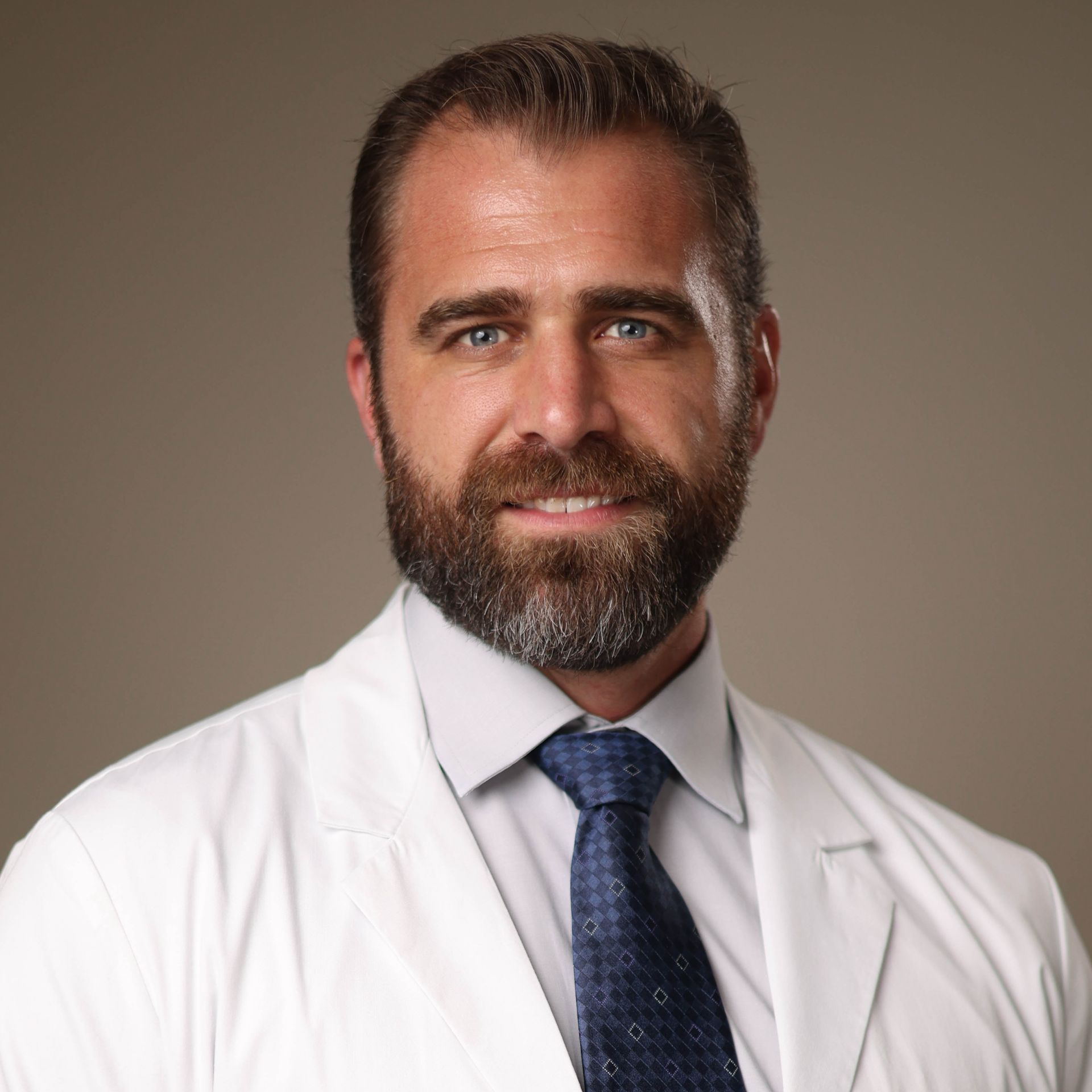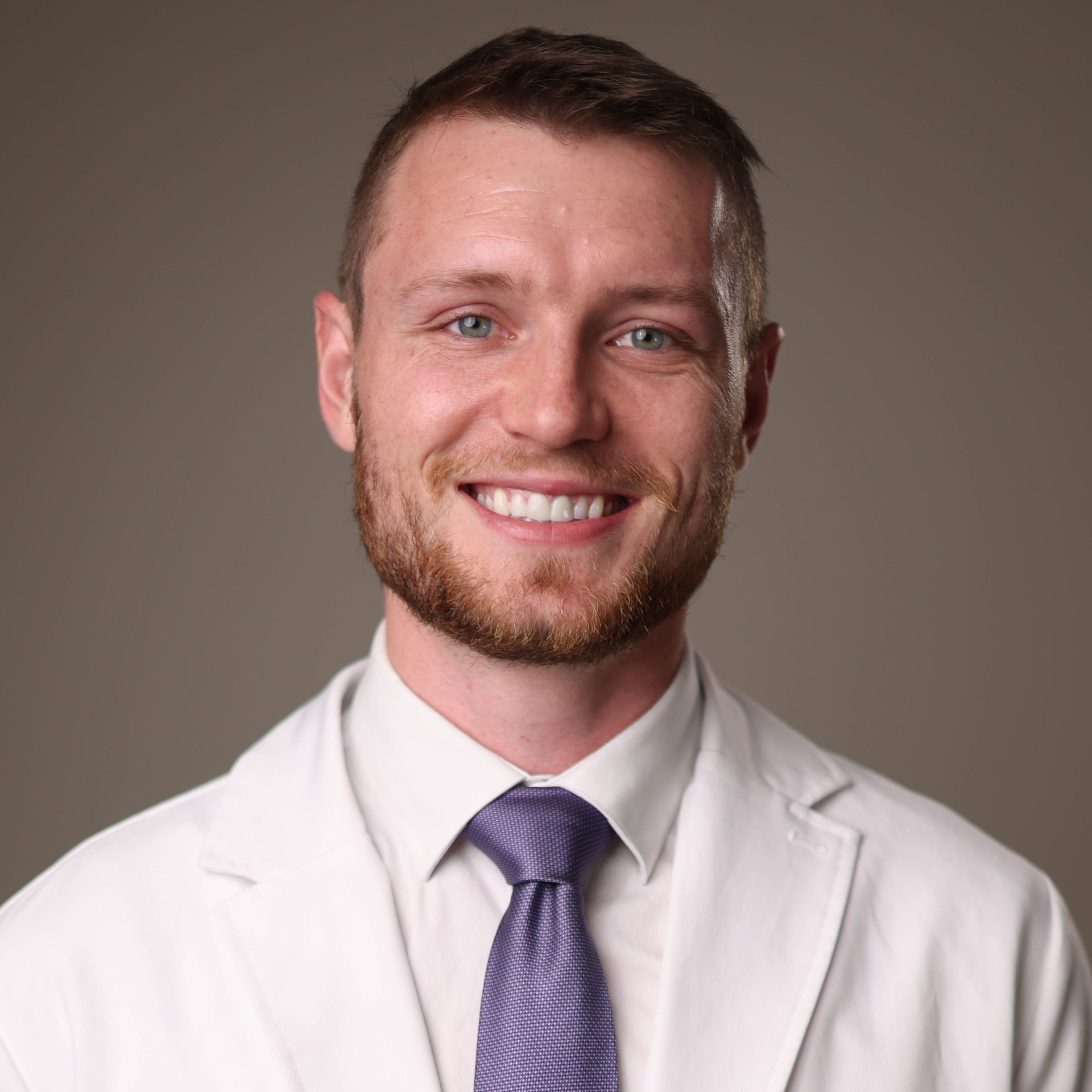POTS (Postural Orthostatic Tachycardia Syndrome)
How the Upper Neck Impacts Autonomic Dysfunction
Understanding POTS Through an Upper Cervical Lens
Many patients living with POTS have been through extensive evaluations, specialist visits, and treatment trials without achieving lasting relief. What remains largely underappreciated in most clinical settings is the critical role that the upper cervical spine plays in autonomic regulation. At Cerebral Chiropractic Center, we specialize in addressing structural problems at the craniocervical junction—especially involving the C1 and C2 vertebrae—which can have a profound effect on the autonomic nervous system and the symptoms associated with POTS.
Over the years, we’ve observed consistent improvements in patients with POTS through precise upper cervical correction. Research, clinical reports, and ongoing outcomes across the upper cervical chiropractic community continue to validate what we see in practice every day: when the upper cervical spine is realigned and stabilized, autonomic function improves, and the hallmark symptoms of POTS—such as brain fog, lightheadedness, and postural heart rate spikes—often diminish in both frequency and severity. This is not a new idea; it’s a clinical reality we observe regularly, and the results speak for themselves.
The Cervicogenic Model: How Upper Neck Misalignment Affects Autonomic Function
The upper cervical spine, particularly the C1 (atlas) and C2 (axis) vertebrae, sits at the crossroads of major neurological, vascular, and cerebrospinal fluid (CSF) systems. Misalignments at this level may impair brainstem function, vagus nerve activity, CSF flow, and venous drainage—all of which are closely involved in regulating autonomic stability.
- Brainstem Dysfunction: The brainstem houses autonomic control centers such as the nucleus tractus solitarius. Misalignments at the craniocervical junction may mechanically irritate these regions, leading to instability in heart rate, blood pressure, and vasomotor tone.
- Vagus Nerve Irritation: Exiting the brainstem near C1, the vagus nerve is a key player in the parasympathetic nervous system. Disruption to its output may push the body toward sympathetic overdrive, worsening symptoms of anxiety, palpitations, and digestive distress.
- CSF and Venous Flow: Abnormal alignment may obstruct CSF circulation or compress the jugular veins, elevating intracranial pressure and contributing to lightheadedness, headaches, and cognitive impairment.
- Baroreceptor Reflex Interference: The baroreflex is essential for blood pressure regulation when changing posture. Upper cervical dysfunction may impair proprioceptive feedback, contributing to orthostatic intolerance.
Clinical Evidence and Case Insights
Published research and case reports from across the upper cervical field have increasingly demonstrated significant improvements in POTS symptoms following upper cervical correction. While randomized controlled trials are still lacking, patient outcomes consistently point to the same conclusions: realignment of the upper cervical spine helps restore normal autonomic function.
We see it in our own practice as well. Patients experience improved standing tolerance, more stable heart rates, reduced brain fog, and the ability to return to normal activities after struggling for years. We get very good results with this condition—especially in cases where trauma, concussion, or long-standing structural imbalances have gone unaddressed.
A Specialized Approach: Advanced Orthogonal Care for POTS
At Cerebral Chiropractic Center, our clinicians use the Advanced Orthogonal Technique—a highly specialized form of upper cervical care designed to correct misalignment at the craniocervical junction with extreme precision. This technique is gentle, non-invasive, and reproducible, using sound wave technology to reposition the upper neck without twisting or cracking.
Every patient begins with a thorough history and examination, including advanced imaging to assess upper cervical alignment. Adjustments are customized using vector-based calculations to restore alignment with accuracy. By correcting interference at the base of the skull, we aim to restore healthy autonomic function and relieve mechanical stress on critical neurological and vascular structures.
Our goal is to create long-term stability in the upper cervical spine, improving overall resilience of the autonomic nervous system and reducing the frequency and intensity of POTS symptoms.
A Patient's Journey to Healing
Many people suffering from POTS find themselves cycling through specialists, medications, and therapies that provide little more than partial relief. The underlying dysfunction often goes unaddressed—especially when it originates in the upper cervical spine. Patients at Cerebral Chiropractic Center frequently share stories of meaningful, sustained improvement in their symptoms once structural alignment at the craniocervical junction is restored.
Here’s one such story, in the patient’s own words:
"When I first showed up there I could not sit, could not walk long, had severe pain in my neck and back and I also had POTS from a side effect of a medication. I was at the point where I thought I needed surgery and the surgeons were ready to cut me open. I am a physical therapist and I had tried PT for 3 years to just maintain the pain but Dr. Ethan got me past that point to increase my function. Exercise is key for rehab!!! It has been a few months and slowly I have noticed changes that have made my life better..."
- Nantesha (Google Review)
This patient’s progress echoes what we see regularly: when the nervous system is given the opportunity to function without interference, healing begins.
Your Recovery Starts with the Right Evaluation
Living with POTS can feel like a never-ending cycle of uncertainty and symptom management. If you’ve been searching for real answers and a more complete approach, it may be time to consider whether your upper cervical spine is part of the missing piece. At Cerebral Chiropractic Center in St. Petersburg, we specialize in identifying and correcting misalignments at the craniocervical junction that could be interfering with your autonomic function.
Call us at (727) 677-0001 to schedule a consultation with one of our doctors. We’ll take the time to understand your history, perform a thorough evaluation, and create a precise, tailored plan to help you move toward long-term improvement.
References
- Trager, R. J., Schuster, A., Tao, C., & Zamary, G. (2024). Conservative management of cervicogenic dizziness associated with upper cervical instability and postural orthostatic tachycardia syndrome: A case report. Cureus.
- Chu, E. C., Trager, R. J., & Lin, A. F. (2022). Relief of postural orthostatic tachycardia syndrome with chiropractic rehabilitation. Journal of Medical Cases, 13(3), 114–118.
- Wilson, J. (2022). Resolution of chronic postural orthostatic tachycardia syndrome (POTS) following chiropractic care: A case report. Annals of Vertebral Subluxation Research.
- Vitez, S., & Blum, C. (2021). Postural orthostatic tachycardia syndrome (POTS) in a patient as a sequela of concussion: A case report. Asia-Pacific Chiropractic Journal.
- Bloink, T., & Blum, C. (2023). Treatment of a patient with cervicogenic-related vertigo: A case report. Abstract presented at the Association of Chiropractic Colleges Research Agenda Conference (ACC-RAC).
- Larsen, M. (n.d.). Postural orthostatic tachycardia syndrome (POTS) and its relation to craniovascular dysfunction. MSK Neurology.
Related Articles


Our Doctors
Experts in Spinal and Neurological Care
Dr. Chris Slininger, DC, DCCJP
Craniocervical Specialist
Dr. Slininger focuses heavily on complex neurological conditions and advanced spinal challenges such as headaches, migraines, dizziness, vertigo, concussion, mTBI and more.
Dr. Ethan Surprenant, DC
Upper Cervical Chiropractor
Dr. Surprenant specializes in innovative, non-invasive Upper Cervical Chiropractic Care, uniquely addressing complex neurological conditions like dysautonomia, migraines, headaches, cranio-cervical syndrome, to restore lasting neurological health.



